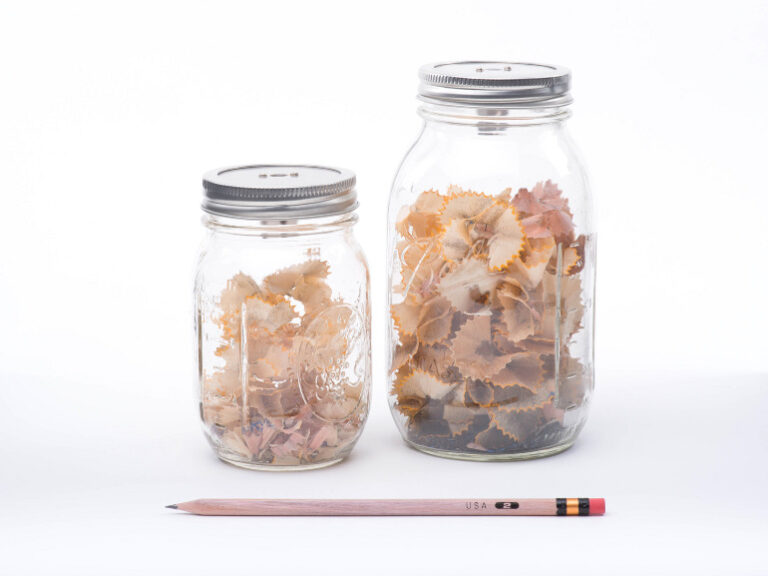The Suburbs: A Multimedia Extravaganza!
Okay, for my final post about the suburbs (probably), I say enough about books. Let’s talk about what’s really important: TV, movies, music, and even a little art.
On The Tube
TV is lousy with images of the suburbs these days, but of course it always has been. Recently, shows like “Modern Family,” “The Middle,” “Suburgatory,” “The New Normal” and “The Neighbors” all offer visions of suburbia in varying degrees of reality and/or absurdity. Hapless parents half-successfully improvise their way through child rearing, while children—be they precocious, clueless, nerdy, or self-absorbed—propel plots that force the families to come together in awkward not-quite-harmony. The essential message of these shows is, “This ain’t your grandparents’ suburbs.”
The only problem is that it still pretty much is.
The humor of these shows seems to depend almost entirely on implicit references to the old black-and-white favorites like “Leave It To Beaver” and “Ozzie and Harriet”. It’s the irony of the differences and updates between the generations of shows on which the jokes hinge. Mom can’t cook. Dad’s moral compass is askew. Grandma’s a racist. The inclusion of a minority in the cast is funny not only because she is has whatever humorous ticks and habits and catch-phrases, but because of her mere presence within the milieu: she is African-American/Hispanic/Asian in the suburbs! Homosexuality is becoming commonplace thanks to forerunners such as “Will and Grace” and “Ellen,” but the bit here is that they are gay in the suburbs!
It turns out, these shows tell us, that Father doesn’t always know best…and sometimes he isn’t even white! And he might like dudes!
It’s funny because they’re Other.
Perhaps then we might look to cable TV for a more relevant view of life in the suburbs. But what we find are worlds whose creators have simply upped the ante. Showtime’s “Weeds” and AMC’s “Breaking Bad” both feature protagonists who turn to the drug trade to help their families, but then continue in the business for reasons less noble.
A confession: both these shows depress the hell out of me. The suburban backdrop in “Breaking Bad” is realistically drawn—if not overly lifeless—but despite consistently excellent writing and acting, the show’s hyperbolically bleak take on humanity is just brutal and I find myself wonder what the point of it all is.
“Weeds”—at least in the first three seasons—speaks more directly to suburban life than “Breaking Bad,” but the conversation does not go well. Life in the ticky-tacky town of Agrestic is a moral vacuum, a place where selfishness seems to be a residential prerequisite, and where parents’ disregard for their children’s well-being is eclipsed only by their own childish stupidity. If you want redeeming value, keep looking, bub.
While it was shot a good four years before the housing bubble burst, for me the most true and lasting image of suburban economic trouble that television has offered is that of the Bluth model home set alone atop a cleared ridge in “Arrested Development.” Looking back, it seems downright prescient.
On The Big Screen
Images of the suburbs in movies are too numerous to discuss in depth, but as with novels, needless to say, the setting is usually met with derision. Less cuddly than their TV comedy counterparts, movies offer the milieu in stark and often austere terms. But this is not to say that it is all hopeless and homogenous. While it might sound strange, it seems that the variations within the anti-suburb film genre is a kind of proof that there is variety within the suburban tableau. Look at just a handful of significant contributions to the world of suburban cinema:
Ordinary People (1980, dir. Robert Redford). Yeah, Raging Bull should have won Best Picture, but this is still one of the most impressive and heartbreaking pictures of the battle between suburban order and unavoidable human messiness.
Pleasantville (1998, dir. Gary Ross). If you can get past the hit-you-over-the-head Civil Rights metaphors throughout, this is an often-sweet portrait of a town learning to embrace its messiness. Plus, you can’t tell me you book nerds didn’t feel a little tightening in your chests when you saw the mural with the flaming Catcher in the Rye rising up from the bonfire.
Suburbia (1983, dir. Penelope Spheeris). Now here’s the thing: this is a terrible movie. Bad writing. Awful acting. But coming out in 1983 it showed (albeit in a hyperbolic way) how punk rock culture had infiltrated the ‘burbs. No one is really likeable here, and the punks don’t really have any cause to speak of, but we side with them because they are young and we instinctually connect with those trying to claim their individuality, even when they’re idiots.
SubUrbia (1996, dir. Richard Linklater). Based on the Eric Bogosian play, this offers a night in the life of a group of aimless Gen-X post-adolescents. It’s not nearly Linklater’s best work (that would be his Before trilogy), but SubUrbia does at least show the suburbs not as orderly patches of lawn, but as environments full of strip malls and chain restaurants and all other manner of corporate pollution.
The ‘Burbs (1989, dir. Joe Dante) A new family moves into a gothic eyesore of a house on an otherwise picturesque avenue. The neighbors watch, gossip, and become increasingly paranoid as they learn about the new people, each of whom seems to be a different type of other: the gruff, black-clad foreigner; the willowy, effeminate intellectual; and the near-feral “hillbilly.” Hanks and a carload of 80s-era character actors get into all sorts of shenanigans.
On the Radio
As you might have noticed, rock-and-roll and the suburbs have had a shaky relationship. This despite the fact that a hell of a lot of rock-and-roll listeners live, you know, in the suburbs. Rock is about rebellion—or the semblance of rebellion—and the suburbs survive through the mutually agreed upon boundaries of behavior and appearance. That doesn’t mean, however, that lyrics of rock/pop songs don’t occasionally betray notes of sympathy for so-called ordinary leading so-called ordinary lives.
In this Spotify playlist below, you’ll find no lack of derision aimed at the ‘burbs, but you’ll also find humor (Ben Folds’ “Rockin’ The Suburbs”), pathos (The Divine Comedy’s “Commuter Love”), cheeky nostalgia (Madness’s “Our House”), horror (Siouxsie and the Banshees’ “Suburban Relapse”), and a lot of common themes across genres. Some of the songs approach the milieu directly (you’ll see the words “suburb,” or some iteration, in more than a few), while others focus on some particular aspect of life there (nightmarish paranoia in Tom Waits’ “What’s He Building In There”; odd-kid escapism in Weezer’s “In The Garage”; maternal desperation in Rolling Stones’ “Mother’s Little Helper”).
On Gallery Walls
I was really hoping to wrap up this series of posts with some example of something that shows the suburbs in more complex terms. Not necessarily sympathetic—though that would be fine—but in some way that acknowledges the environment as varied and changing. Because it is. The website Upworthy has put together a great series of infographics portraying the shifting world of the suburbs—it’s worth a look.
So imagine how pleased I was to find what I was looking for, quite by luck. At the Taft Museum in Cincinnati, in an exhibit entitled “African American Art since 1950: Perspectives from the David C. Driskell Center,” I chanced upon the work of Sheila Pree Bright, an Atlanta-based photographer. On the wall was a piece from her series “Suburbia”. Bright’s images are subtle and surprising, avoiding all clichés of “urban” African American life. They are un-staged shots of suburban homes (mostly interiors). There is sometimes someone there—you might see a foot, or a person whose face is obscured by a magazine—but usually the composition focuses on the ordinary furnishings and tchotchke of suburban existence.
In her own words:
Spurred by the American media’s projection of “typical” African American communities, Suburbia explores the African American suburbs. The work depicts the invisibility of the black middle class and hopefully a more realistic picture of the average African American of the 21st Century. The series takes aim at how mainstream imagery plays its part in influencing and defining society’s concept of “blackness”. The series also explores the dynamics of daily living to challenge American ideologies about lifestyle, culture, and identity.
While Bright’s work aims to redefine our understanding of African American life, it also has the possibly unintended effect of helping to expand the definition of the suburbs. Let’s hope others—artists and audiences alike—see this work and take note. It is, after all, everyone’s duty, no matter our preferred artform or genre, to upend expectations and dig beneath even our most comfortable cultural narratives.


